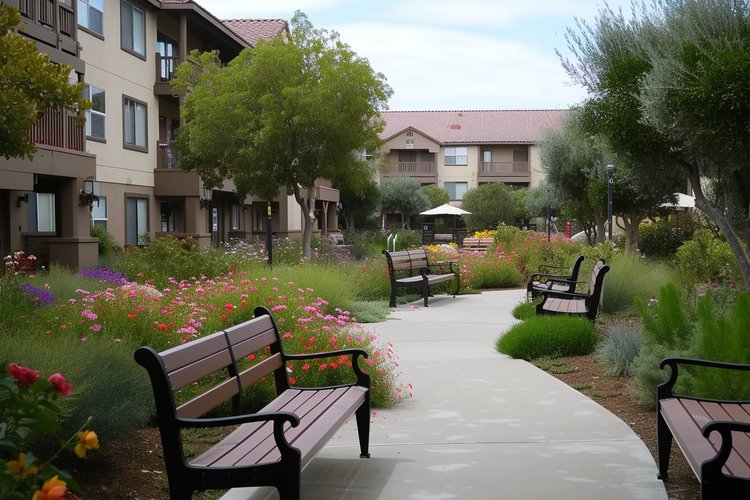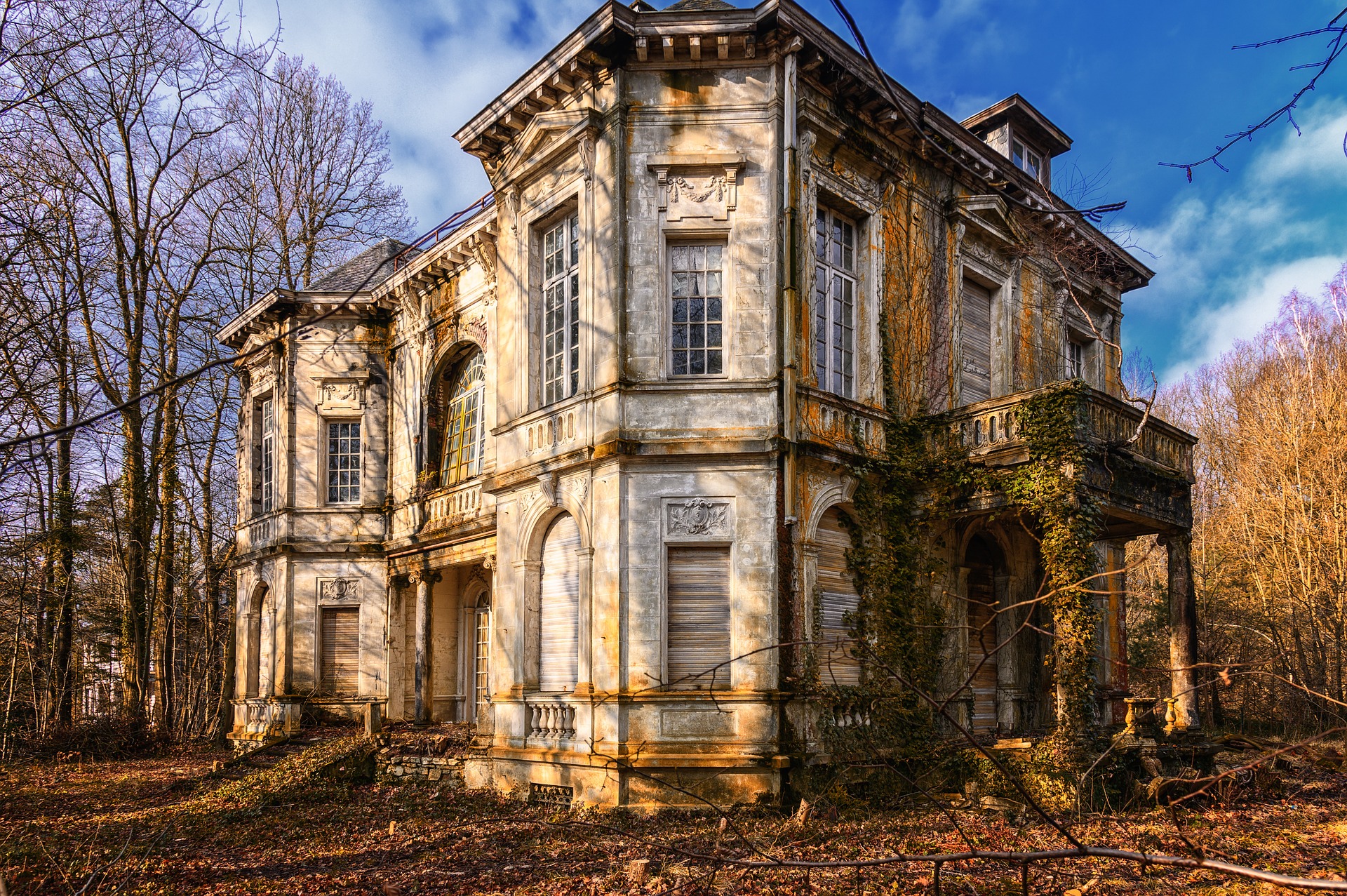Retirement Villages in the UK in 2025: What’s Available and What to Know
Retirement villages continue to grow in popularity across the UK, offering comfortable living with built-in support and community. Whether you're exploring retirement villages near you or comparing retirement home prices, this guide covers key trends, location types, and factors to help you make an informed choice.

What types of retirement village homes are available in 2025?
Retirement villages in 2025 offer a range of accommodation options to suit different lifestyles and care needs. Independent living apartments and bungalows remain popular, designed for active seniors who require minimal assistance. These homes often feature modern, accessible designs with features like walk-in showers and wider doorways.
For those needing more support, assisted living apartments provide additional services such as meal preparation and personal care. Some villages also offer specialized memory care units for residents with dementia or Alzheimer’s disease.
A growing trend is the development of intergenerational communities, where retirement properties are integrated with family homes, fostering a more diverse and vibrant atmosphere.
How can you explore a list of retirement villages near you?
Finding retirement villages in your area has become easier than ever in 2025. Online directories and comparison websites allow you to search for communities based on location, amenities, and care levels. Many of these platforms offer virtual tours and detailed information about each village.
Local councils and Age UK branches continue to be valuable resources, providing lists of retirement communities in specific regions. Additionally, property websites now often include dedicated sections for retirement properties, making it simple to browse options in your desired area.
It’s recommended to create a shortlist of potential villages and arrange in-person visits when possible. Many communities offer “try before you buy” stays, allowing prospective residents to experience life in the village before making a decision.
What amenities do modern retirement communities offer?
Retirement villages in 2025 have expanded their offerings to cater to the diverse interests and needs of residents. Common amenities include:
-
Fitness centers and swimming pools
-
Libraries and computer rooms
-
Restaurants and cafes
-
Gardens and outdoor spaces
-
Social clubs and activity rooms
-
On-site healthcare facilities
Many communities now incorporate technology more extensively, offering smart home features, telehealth services, and high-speed internet throughout the village. Some even provide electric vehicle charging stations and shared autonomous vehicles for resident use.
Wellness programs have also become a priority, with villages offering yoga classes, mindfulness sessions, and nutrition workshops. Art studios, movie theaters, and even small vineyards or microbreweries can be found in some upscale communities.
Comparing retirement villages: urban vs rural living
The choice between urban and rural retirement villages depends on personal preferences and lifestyle needs. Urban retirement villages offer the advantage of easy access to city amenities, cultural events, and healthcare facilities. They often feature apartment-style living with rooftop gardens or terraces.
Rural retirement villages, on the other hand, provide a more relaxed atmosphere with ample green spaces and a stronger sense of community. These villages may offer larger properties and more outdoor activities but might be further from specialized medical care.
Hybrid options have also emerged, with villages located on the outskirts of towns, balancing access to urban amenities with a more tranquil setting. Some developers have created “village within a village” concepts, integrating retirement communities into existing towns to provide the best of both worlds.
What are the costs of retirement village living in 2025?
The cost of living in a retirement village varies widely depending on factors such as location, type of accommodation, and level of care provided. In 2025, most retirement villages operate on a leasehold or rental basis, with residents paying an initial purchase price or deposit, followed by ongoing service charges.
Entry fees for retirement village properties can range from £100,000 to over £1 million for luxury options. Monthly service charges typically fall between £500 and £2,000, covering maintenance, some utilities, and access to communal facilities.
Here’s a comparison of typical costs for different types of retirement village accommodation:
| Accommodation Type | Entry Fee Range | Monthly Service Charge Range |
|---|---|---|
| Independent Living Apartment | £150,000 - £500,000 | £500 - £1,000 |
| Assisted Living Apartment | £200,000 - £600,000 | £1,000 - £2,000 |
| Luxury Village Home | £500,000 - £1,500,000 | £1,500 - £3,000 |
| Rural Bungalow | £200,000 - £400,000 | £600 - £1,200 |
Prices, rates, or cost estimates mentioned in this article are based on the latest available information but may change over time. Independent research is advised before making financial decisions.
It’s important to note that additional costs may apply for extra care services, meals, or specialized amenities. Some villages offer deferred payment schemes or shared ownership options to make entry more affordable.
How do retirement villages support health and well-being?
Retirement villages in 2025 place a strong emphasis on promoting residents’ health and well-being. Many communities employ on-site healthcare professionals and offer regular health check-ups. Emergency call systems are standard in all accommodations, providing peace of mind for residents and their families.
Social engagement is encouraged through organized activities, clubs, and events, which help combat loneliness and promote mental well-being. Some villages have partnerships with local universities, offering residents opportunities for lifelong learning and intergenerational interactions.
Sustainable living has also become a focus, with many villages incorporating eco-friendly features such as solar panels, rainwater harvesting systems, and community gardens. These initiatives not only benefit the environment but also contribute to residents’ sense of purpose and community involvement.
In conclusion, retirement villages in the UK in 2025 offer a diverse range of living options, from urban apartments to rural cottages, catering to various preferences and care needs. With an increasing focus on technology, wellness, and sustainability, these communities provide environments where seniors can enjoy their retirement years with comfort, support, and opportunities for personal growth.




